What is Gingivitis?
Gingivitis is a common and mild form of gum disease characterized by inflammation of the gums. Typically, it arises from plaque buildup on teeth, which, if not removed through proper oral hygiene practices, can lead to irritation and infection. This condition often goes unnoticed due to its subtle symptoms but is crucial to address as it serves as a warning sign that oral health is compromised.
Early symptoms of gingivitis include redness, swelling, and bleeding of the gums, particularly noticeable when brushing or flossing. The presence of these symptoms indicates that inflammation has developed due to bacteria in plaque. While gingivitis is reversible with appropriate dental care, persistent neglect can result in progression to more severe forms of gum disease, such as periodontitis. This progression can lead to more serious complications, including tooth loss and damage to the surrounding bone structure.
It is important to recognize that while gingivitis is common, it should not be dismissed. Individuals may experience varying degrees of symptoms, and the absence of pain does not imply that the condition is not present. Regular dental check-ups and cleanings are essential in the prevention and early detection of gingivitis. Healthy gums are fundamental to overall oral health, making it vital to address any early signs of gum disease promptly.
In conclusion, understanding what gingivitis is and recognizing its symptoms can play a significant role in maintaining oral health. By being proactive and seeking treatment, individuals can prevent the progression to more severe conditions, thereby ensuring their dental well-being. Establishing a routine that includes proper dental hygiene practices is key to sustaining healthy gums and teeth.
Causes of Gingivitis
Gingivitis is primarily attributed to a variety of factors that lead to inflammation of the gums. A predominant cause of this condition is poor oral hygiene. When individuals do not adhere to regular brushing and flossing practices, plaque—a sticky film of bacteria—accumulates on the teeth. Over time, this plaque can harden into tartar, which exacerbates gum inflammation and can potentially progress to more severe periodontal diseases.
Tobacco use is another significant contributor to gingivitis. Smokers are at a heightened risk of gum diseases due to the detrimental effects of nicotine and other harmful substances present in tobacco products. These substances can impair blood flow to the gums, making it more difficult for them to heal after inflammation occurs. Additionally, tobacco users may experience compromised immune responses, increasing susceptibility to bacterial infections that contribute to gingivitis.
Nutritional deficiencies, particularly in vitamin C and other essential nutrients, can also play a role in the onset of gingivitis. A lack of these nutrients weakens the immune system and the body’s ability to fight off infections, leading to an increase in periodontal issues. Furthermore, hormonal changes, particularly during puberty, menstruation, pregnancy, or menopause, can alter the sensitivity of the gums, making them more prone to inflammation.
Certain medical conditions, including diabetes, autoimmune disorders, and blood diseases, can also predispose individuals to gingivitis. These conditions can influence inflammatory responses and the overall health of the gums. Moreover, the relationship between bacterial growth in the mouth and gingivitis is notable; specific bacterial strains are typically associated with the onset of this condition, emphasizing the significance of maintaining proper oral hygiene to mitigate bacterial proliferation and subsequent gum inflammation.
Symptoms of Gingivitis
Gingivitis, an early stage of gum disease, is characterized by several distinct symptoms that indicate inflammation of the gums. Recognizing these symptoms is crucial for prompt intervention, preventing further complications. One of the most noticeable signs is swollen or puffy gums, which may appear swollen and sensitive to touch. This inflammation is often a result of plaque buildup, which irritates the gum tissue.
Another prominent symptom is the change in color of the gums. Healthy gums typically exhibit a light pink hue; however, in cases of gingivitis, they may appear bright red or even darker shades such as purple. This discoloration is a clear signal that the gums are inflamed and may require immediate attention to restore oral health.
Individuals suffering from gingivitis often experience bleeding during routine oral hygiene practices, particularly when brushing or flossing. This symptom is indicative of gum sensitivity and inflammation, suggesting that the gum tissue is not healthy. Additionally, some patients may notice the presence of bad breath, which can arise from the accumulation of bacteria and plaque along the gum line.
Receding gums, or the noticeable shrinkage of gum tissue away from the teeth, can also occur as a result of gingivitis. This can not only contribute to a less aesthetically pleasing smile but may lead to more severe dental issues if left untreated. Recognizing these symptoms early is paramount in seeking appropriate treatment. If any of these signs are present, it is advisable to consult a dental professional without delay. Timely intervention can halt the progression of gingivitis and promote healthier gums, safeguarding overall oral health.
Diagnosis of Gingivitis
Diagnosing gingivitis typically involves a comprehensive evaluation conducted by a dental professional. The first step in the process is a thorough dental examination, during which the dentist assesses the overall health of the gums and surrounding tissues. During this examination, various signs of gum disease are identified, including redness, swelling, and the presence of plaque or tartar. These signs indicate inflammation that may suggest the onset of gingivitis.
Subsequently, the dentist will likely measure the depth of the gum pockets around the teeth. Healthy gum pockets measure 1 to 3 millimeters in depth, while deeper pockets can indicate the presence of gingivitis or more advanced periodontal disease. This probing is vital as deeper pockets are associated with an increased risk of bacteria accumulation, leading to further inflammation and potential tooth loss if left untreated.
Another critical part of the gingivitis diagnosis process is the assessment for bleeding. Dentists often use a specialized instrument called a periodontal probe to gently press against the gum line. If bleeding occurs during probing, it serves as an indicator of inflammation and potential gum disease. The tendency for the gums to bleed when they are touched is often a key hallmark of gingivitis.
In addition to the physical examination, dental X-rays may be utilized in the diagnostic process. X-rays allow the dental professional to evaluate the bone structure supporting the teeth and to identify any potential damage that may have been caused by advanced periodontal disease. This imaging is essential for assessing the condition of the jawbone and for guiding the appropriate treatment options according to the severity of the condition.
Treatment Options for Gingivitis
Gingivitis, a common form of gum disease, necessitates prompt attention to prevent its progression to more severe conditions such as periodontitis. Effective treatment options for gingivitis typically begin with professional dental cleanings, which are crucial for removing plaque and tartar build-up from the teeth and gum lines. Regular cleanings, every six months or as recommended by a dentist, help maintain optimal oral health and prevent further complications.
In cases where gingivitis is more pronounced, scaling and root planing may be recommended. This dental procedure involves the meticulous removal of tartar and plaque from below the gum line, smoothing the root surfaces to encourage healing. Scaling and root planing not only alleviate inflammation but also create a more conducive environment for maintaining gum health. Many patients find that this procedure significantly reduces gum pocket depths and improves overall gum appearance.
In addition to professional treatments, improved home care practices play a pivotal role in managing and preventing gingivitis. Patients are encouraged to establish a robust oral hygiene routine, which includes brushing at least twice daily with fluoride toothpaste and flossing regularly. The use of antimicrobial mouth rinses can also support gum health by reducing bacteria load in the mouth. Furthermore, adopting habits such as regular tongue cleaning can contribute to overall oral cleanliness.
Occasionally, dentists may prescribe medications to reduce inflammation and combat infection associated with gingivitis. These can include topical treatments or systemic antibiotics, depending on the severity of the disease. Understanding the necessity of consistent oral hygiene practices, combined with professional interventions, remains essential in effectively managing gingivitis and ensuring long-term gum health.
Home Remedies and Prevention Strategies
Maintaining optimal oral hygiene is essential in preventing and managing gingivitis. One of the simplest yet most effective methods is regular brushing and flossing. Brushing twice daily with fluoride toothpaste helps remove plaque, a key contributor to gum disease. Flossing once a day is equally important as it removes food particles and plaque from between the teeth, areas that a toothbrush may not reach effectively.
In addition to traditional oral hygiene practices, using an antibacterial mouthwash can further aid in combating gingivitis. These mouthwashes help reduce plaque and combat the bacteria responsible for gum inflammation. Look for antibacterial mouth rinses that contain active ingredients such as chlorhexidine or cetylpyridinium chloride, which have been proven effective. However, it is crucial to use these products as directed and not as a substitute for brushing and flossing.
Dietary considerations also play a significant role in gum health. A diet rich in fruits and vegetables can naturally help reduce inflammation and support a healthy immune system, which is vital for maintaining strong gums. Foods high in antioxidants, such as berries and leafy greens, are particularly beneficial. Additionally, reducing sugar intake can minimize the risk of plaque buildup, further protecting against gingivitis.
Regular dental visits are another cornerstone in preventing gingivitis. Professional cleanings help remove tartar buildup that can’t be eliminated with at-home care. During these visits, your dentist can provide personalized advice catered to your specific oral health needs. It is advisable to schedule check-ups at least twice a year or more frequently if you have existing gum issues.
Lastly, adopting a healthy lifestyle, which includes quitting smoking and managing stress, can support gum health. Smoking is closely associated with oral diseases, including gingivitis, while elevated stress levels can lead to neglect in oral hygiene practices. By integrating these home remedies and prevention strategies, individuals can effectively combat gingivitis and promote a healthier mouth.
Complications of Untreated Gingivitis
Gingivitis, characterized by inflammation of the gums, is a common yet often overlooked oral health issue. If left untreated, gingivitis can lead to a series of complications that adversely impact not only dental health but overall well-being. One of the most significant risks associated with untreated gingivitis is its progression to periodontitis, a more severe form of gum disease. In periodontitis, the inflammation extends deeper into the supporting structures of the teeth, potentially leading to the destruction of bone and tissue that anchor teeth in place.
As periodontitis progresses, individuals are at a heightened risk of tooth loss. The weakening of the gum and bone structure can cause teeth to become loose, and ultimately, extraction may be necessary. The loss of teeth can significantly affect one’s ability to eat, speak, and maintain proper nutrition, not to mention the potential psychological effects associated with compromised appearance and self-esteem.
Moreover, the implications of untreated gingivitis extend beyond dental health. Recent studies have indicated a correlation between periodontal disease and systemic health issues, such as cardiovascular disease and diabetes. The inflammation and bacteria present in the gums may enter the bloodstream, potentially leading to inflammation in other parts of the body, including the heart. This connection emphasizes the importance of maintaining good oral health in reducing the risk of heart-related conditions.
Furthermore, individuals with diabetes are particularly susceptible to gum disease, as the disease can complicate blood sugar control. This bidirectional relationship poses additional challenges, highlighting the critical need for effective management of gingivitis through early treatment and regular dental visits. Addressing gingivitis promptly can mitigate these risks, underscoring the necessity for heightened awareness and action regarding gum health.
Choosing the Right Clinic for Gingivitis Treatment
When it comes to managing gingivitis, selecting the right dental clinic is a critical step towards achieving optimal gum health. First and foremost, it is essential to evaluate the credentials of the dental professionals at the clinic. Look for clinics that have dentists who specialize in periodontics, as these professionals possess the expertise and training necessary to address gum diseases effectively. Verifying qualifications, such as degrees, certifications, and ongoing education in dental care, can provide assurance of the quality of care you will receive.
Patient reviews represent another valuable resource when assessing a potential dental clinic for gingivitis treatment. Online platforms, such as Google Reviews and Healthgrades, offer insights from previous patients regarding their treatment experiences. Pay attention to comments related to the clinic’s atmosphere, staff friendliness, and the quality of treatment received. Positive feedback regarding successful managing of gingivitis cases can indicate a clinic’s capability in handling such conditions.
Consideration of treatment options is equally important. An ideal clinic should offer a comprehensive range of treatments specifically tailored for gingivitis, including deep cleaning, scaling, and root planing, as well as the use of advanced technology where applicable. A clinic that discusses different treatment plans customized to meet individual needs demonstrates a commitment to patient-centered care.
Lastly, the overall patient experience should not be overlooked. Elements such as the clinic’s environment, wait times, and the thoroughness of consultations play a significant role in the comfort and satisfaction of patients. Clinics that prioritize open communication and provide detailed explanations of procedures help to foster a trusting relationship between the patient and provider, which is vital for successful treatment of gingivitis.
Top Clinic for Gingivitis Treatment in Istanbul: Dr. Abdulrahman Öztürk’s Clinic
When it comes to addressing gingivitis treatment in Istanbul, Dr. Abdulrahman Öztürk’s clinic stands out as a leading choice for individuals seeking effective oral health solutions. Renowned for its commitment to excellence, the clinic integrates advanced dental technologies with a holistic approach to care, ensuring that patients receive comprehensive treatments tailored to their unique needs.
Dr. Öztürk is a highly qualified professional, possessing extensive experience and expertise in periodontology, which is essential for effectively managing and treating gum diseases like gingivitis. The clinic is equipped with state-of-the-art facilities that prioritize patient comfort and safety. This modern environment not only enhances the overall treatment experience but also facilitates the adoption of innovative practices in gum disease management.
The treatment methodologies employed at Dr. Öztürk’s clinic are both evidence-based and patient-centered. Initially, a thorough assessment is conducted to determine the severity of gingivitis and any underlying issues. Patients benefit from personalized treatment plans that may include professional cleanings, scaling, and root planing, along with preventive strategies to maintain optimal gum health.
Patient testimonials frequently highlight the clinic’s attentive staff and the positive outcomes of their therapies. Many individuals express their satisfaction not only with the exceptional clinical results but also with the warm and welcoming atmosphere that Staff provides. This combination of technical skill and compassionate care distinguishes Dr. Öztürk’s clinic from others in the area.
In addition to its primary focus on gingivitis treatment, the clinic offers educational resources and ongoing support, empowering patients to take charge of their dental health. Overall, Dr. Abdulrahman Öztürk’s clinic exemplifies a dedication to quality care, making it the top choice for individuals seeking effective solutions for gingivitis in Istanbul.

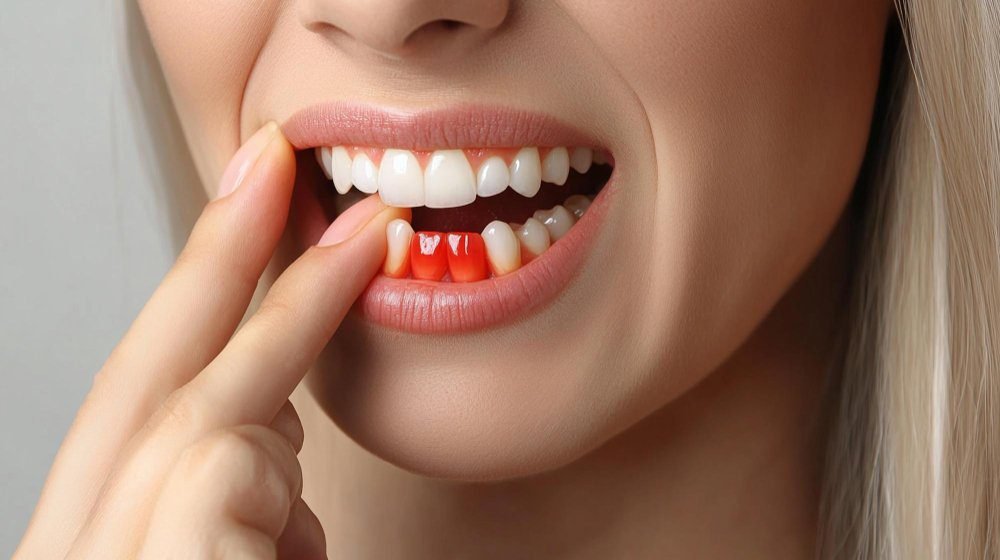


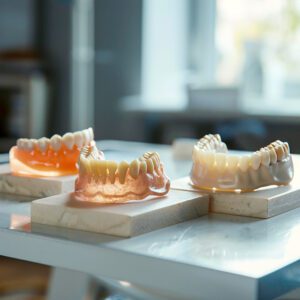
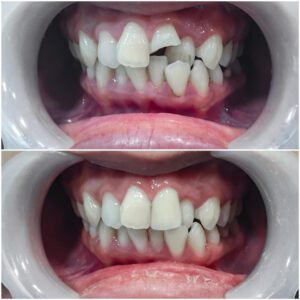

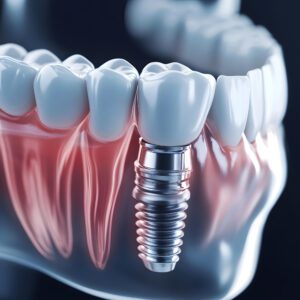


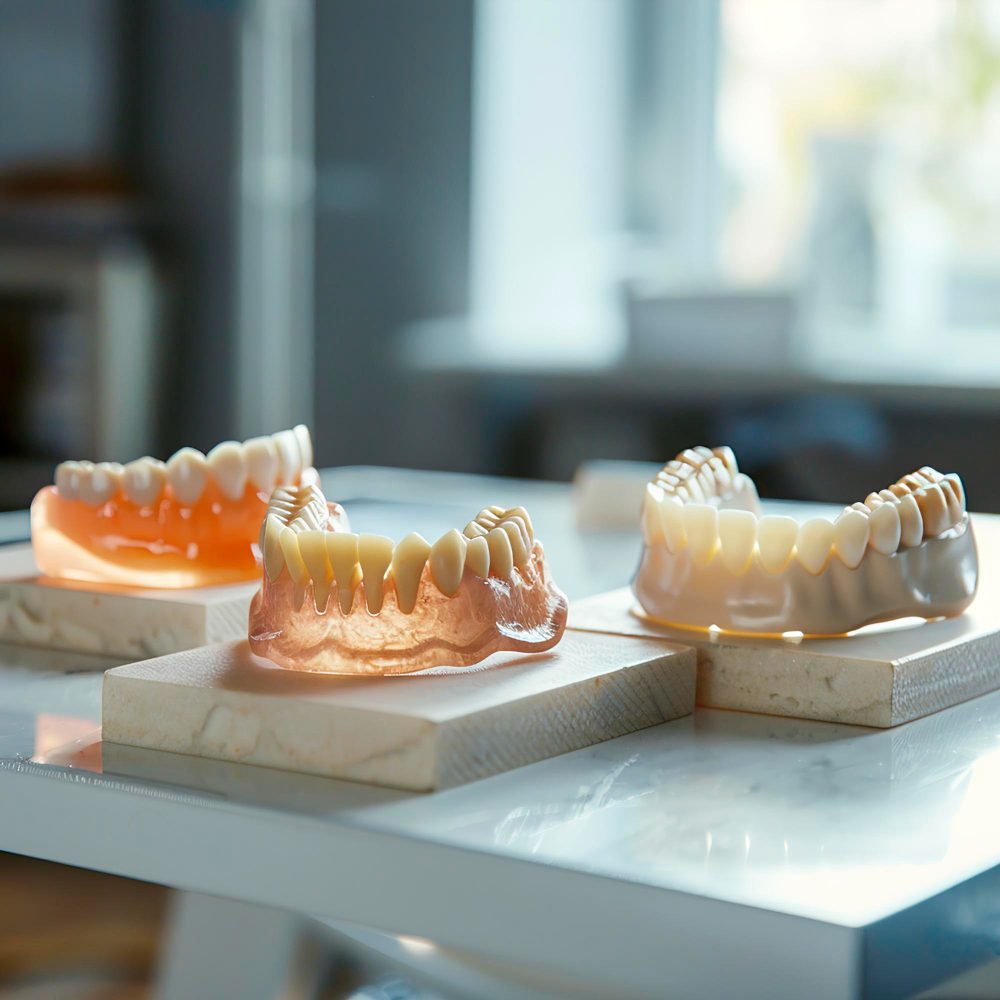
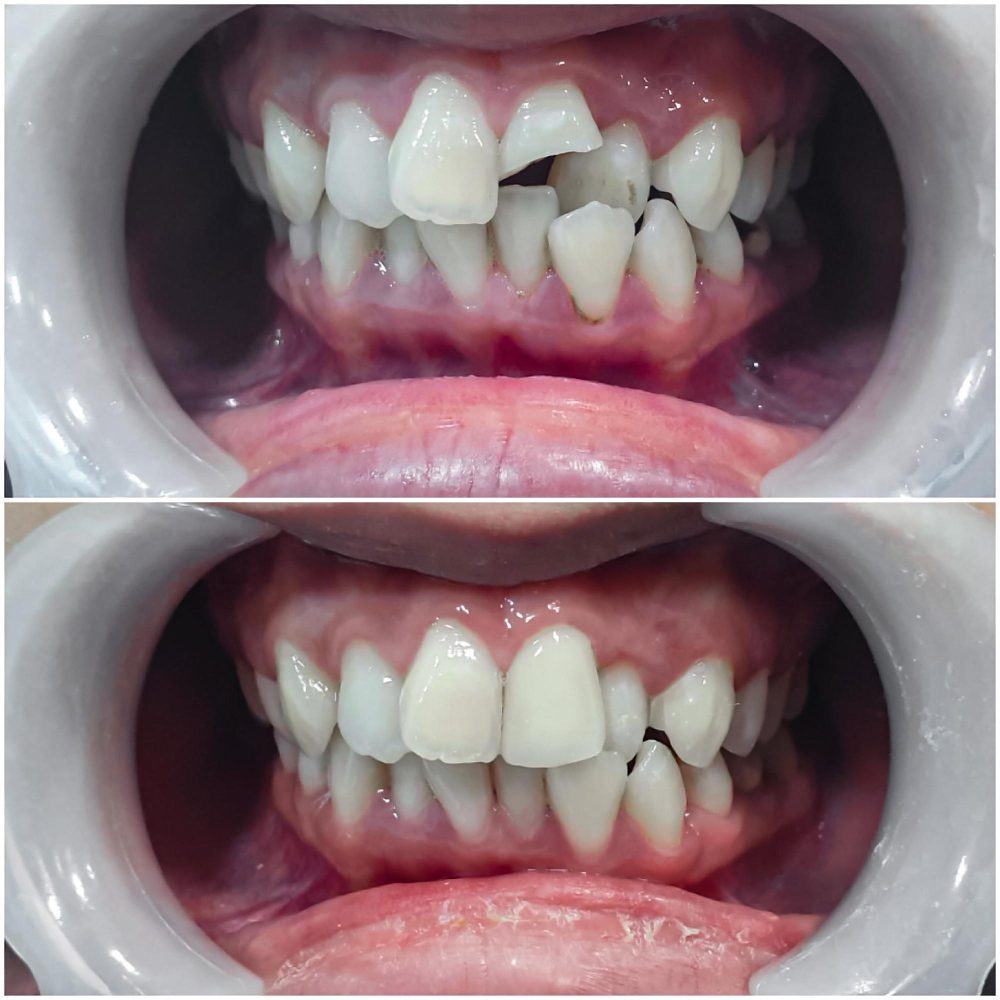


3 Responses